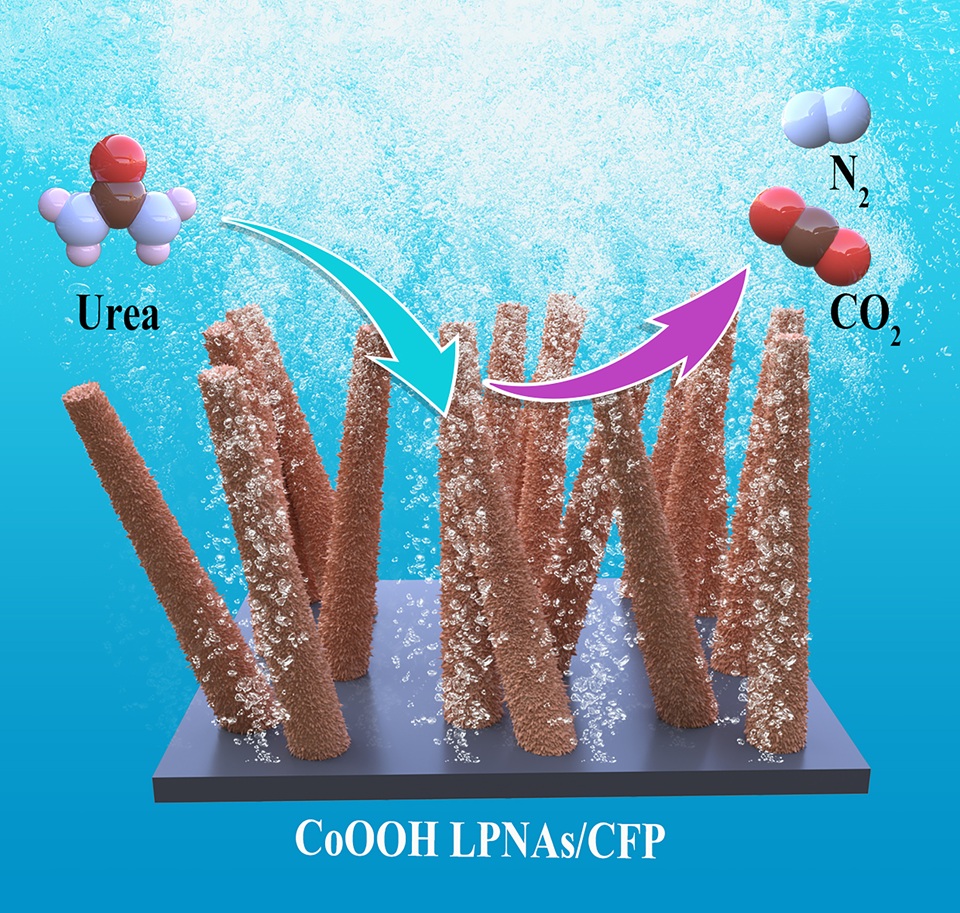

Superhydrophilic Porous CoOOH Nano-Architecture with Abundant Oxygen Vacancies for Enhanced Urea Electrooxidation at Ampere-Level Current Densities
Online published: 2025-05-19

吕文静, 唐小鳗, 王雪彤, 刘文才, 朱鉴文, 王国静, 朱远蹠 . 富氧空位的超亲水多孔CoOOH纳米结构用于大电流密度尿素电氧化[J]. 电化学, 0 : 0 . DOI: 10.61558/2993-074X.3550

/
| 〈 |
|
〉 |